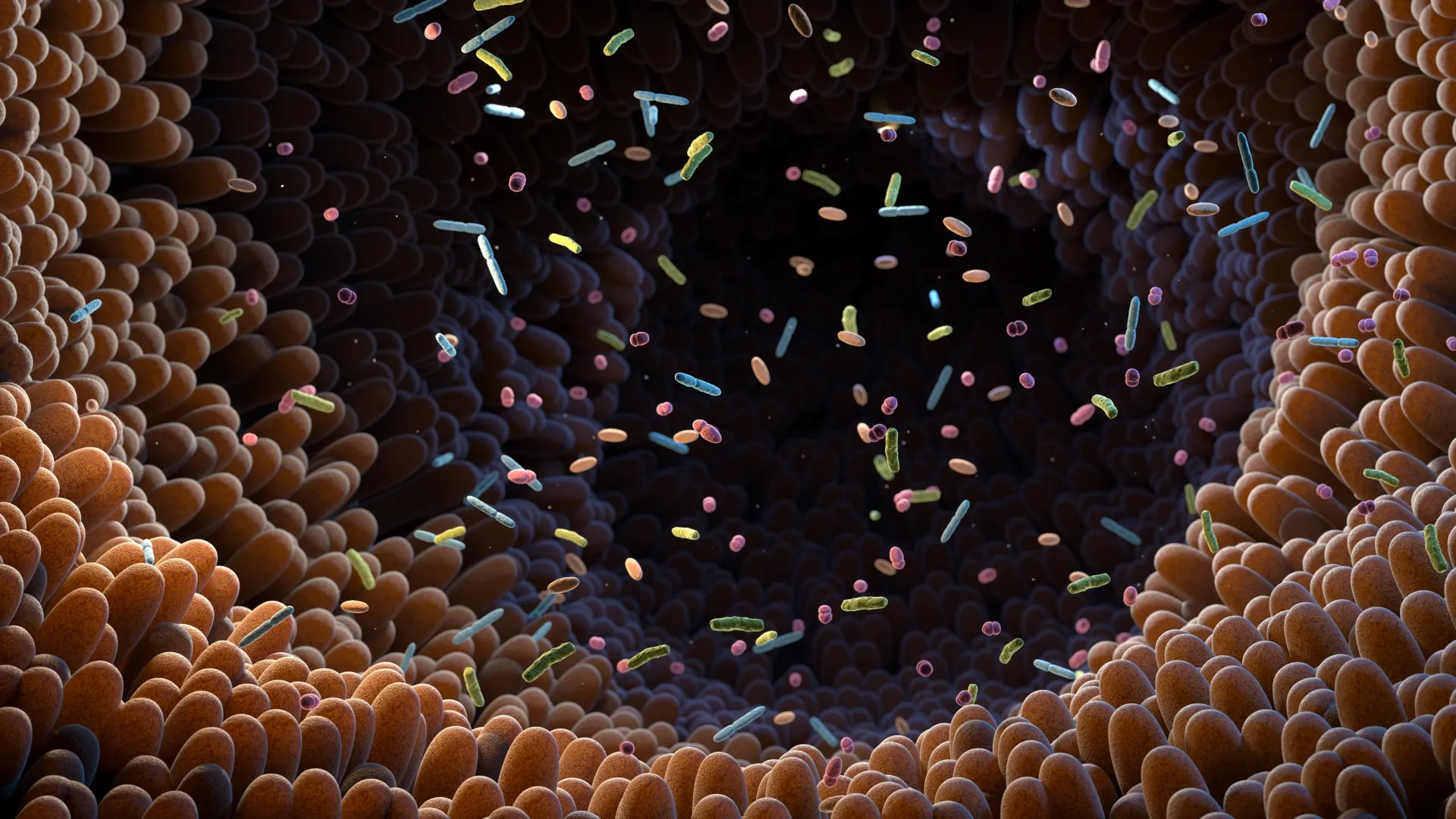Scientists find 15 gut bacteria that may drive heart disease
Gut microbes may hold the key to unlocking new ways to prevent and treat heart disease.
- Date:
- November 12, 2025
- Source:
- American Society for Microbiology
- Summary:
- Scientists in Seoul have uncovered 15 gut bacterial species linked to coronary artery disease, showing that microbes can influence heart health far beyond digestion. Their findings reveal how shifts in gut microbial function — including inflammation, loss of protective species, and overactive metabolic pathways — may drive disease progression. Intriguingly, even “good” bacteria like Faecalibacterium prausnitzii and Akkermansia muciniphila can become harmful under certain conditions.
- Share:

Key Points
- Heart disease remains the world's top killer, claiming more lives each year than any other condition.
- Scientists are uncovering how gut microbes may influence coronary artery disease (CAD), one of the most common and serious forms of heart disease.
- A research team in Seoul has identified 15 specific bacterial species connected to CAD, offering new insight into how the gut and heart interact.
- Their analysis reveals several biological pathways tied to disease severity, including heightened inflammation and disruptions in metabolism that may worsen heart health.
Cardiovascular diseases claim nearly 20 million lives each year, making them the leading cause of death worldwide. While genetics and lifestyle factors clearly affect a person's heart health, scientists are discovering that microorganisms living in the gut may also have an important influence. These microbes appear to be deeply involved in the development of coronary artery disease (CAD), though their exact roles have long been unclear.
Recent research suggests that the gut microbiome may promote CAD through a variety of biological pathways, influencing inflammation and metabolism in ways that impact the arteries. However, which specific bacteria are responsible -- and how they contribute to disease progression -- has remained uncertain.
Mapping Microbes in Coronary Artery Disease
Researchers in Seoul are beginning to unravel this mystery. Writing in mSystems, a team led by Han-Na Kim, Ph.D., at the Samsung Advanced Institute for Health Sciences and Technology at Sungkyunkwan University, examined how gut microbes interact with the cardiovascular system. "We've gone beyond identifying 'which bacteria live there' to uncovering what they actually do in the heart-gut connection," Kim explained.
The team analyzed fecal samples from 14 people with CAD and compared them to samples from 28 healthy participants using metagenomic sequencing, a powerful technique that identifies all the DNA within a sample. This approach allowed them to reconstruct the genetic makeup of individual microbes. From this analysis, the researchers identified 15 bacterial species linked to CAD and mapped the pathways that connect these microbes to the severity of the disease.
Inflammation, Imbalance, and Microbial Shifts
According to Kim, "Our high-resolution metagenomic map shows a dramatic functional shift toward inflammation and metabolic imbalance, a loss of protective short-chain fatty acid producers, such as Faecalibacterium prausnitzii, and an overactivation of pathways, such as the urea cycle, linked to disease severity."
The findings suggest that the gut ecosystem in people with CAD undergoes significant changes that promote inflammation and disrupt normal metabolic processes. These shifts may help explain why the gut microbiome plays such a strong role in cardiovascular disease.
When "Good" Bacteria Turn Harmful
Surprisingly, the study also showed that bacteria typically seen as beneficial can sometimes become harmful. Microbes such as Akkermansia muciniphila and F. prausnitzii, often considered "friendly" species, appear to act differently depending on whether they come from a healthy or a diseased gut. This dual nature, Kim noted, highlights how context can transform even protective microbes into contributors to disease.
The results also revealed how complex it is to link specific bacteria to disease outcomes. Earlier research had reported that certain species within the family Lachnospiraceae decrease in people with CAD. Yet Kim's team found that other Lachnospiraceae species actually increase in abundance. "Lachnospiraceae may be the Dr. Jekyll and Mr. Hyde of the gut," Kim said. Some types appear beneficial, while others may worsen disease. "The big unanswered question now is which strains are the healers, and which are the troublemakers."
Toward Precision Microbial Medicine
The researchers plan to combine microbial data with genetic and metabolic information to better understand how gut microbes influence heart disease at a mechanistic level. Their long-term goal is to develop precision-based treatments that use microbial insights to prevent cardiovascular disease before it begins.
Kim emphasized that prevention is the most promising approach to lowering the global impact of heart disease. Potential strategies could include microbial therapies -- such as stool-based diagnostic screening -- or dietary interventions designed to restore beneficial bacteria or inhibit harmful pathways.
By uncovering the specific bacterial species and biological mechanisms involved, scientists are moving closer to using the gut microbiome as a powerful tool for maintaining heart health.
Story Source:
Materials provided by American Society for Microbiology. Note: Content may be edited for style and length.
Journal Reference:
- Soomin Lee, Shahbaz Raza, Eun-Ju Lee, Yoosoo Chang, Seungho Ryu, Hyung-Lae Kim, Si-Hyuck Kang, Han-Na Kim. Metagenome-assembled genomes reveal microbial signatures and metabolic pathways linked to coronary artery disease. mSystems, 2025; DOI: 10.1128/msystems.00954-25
Cite This Page: